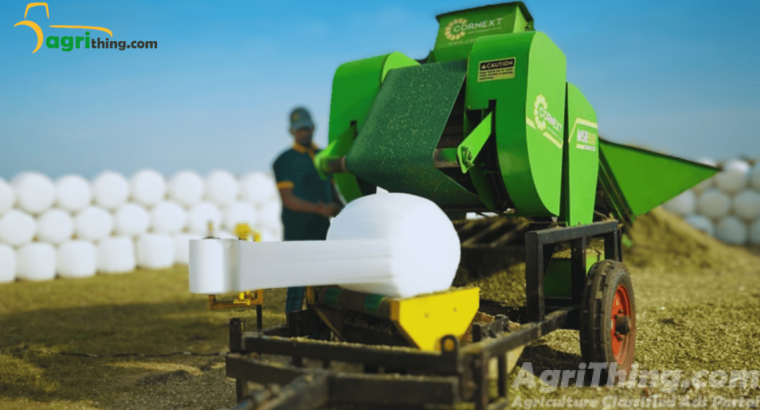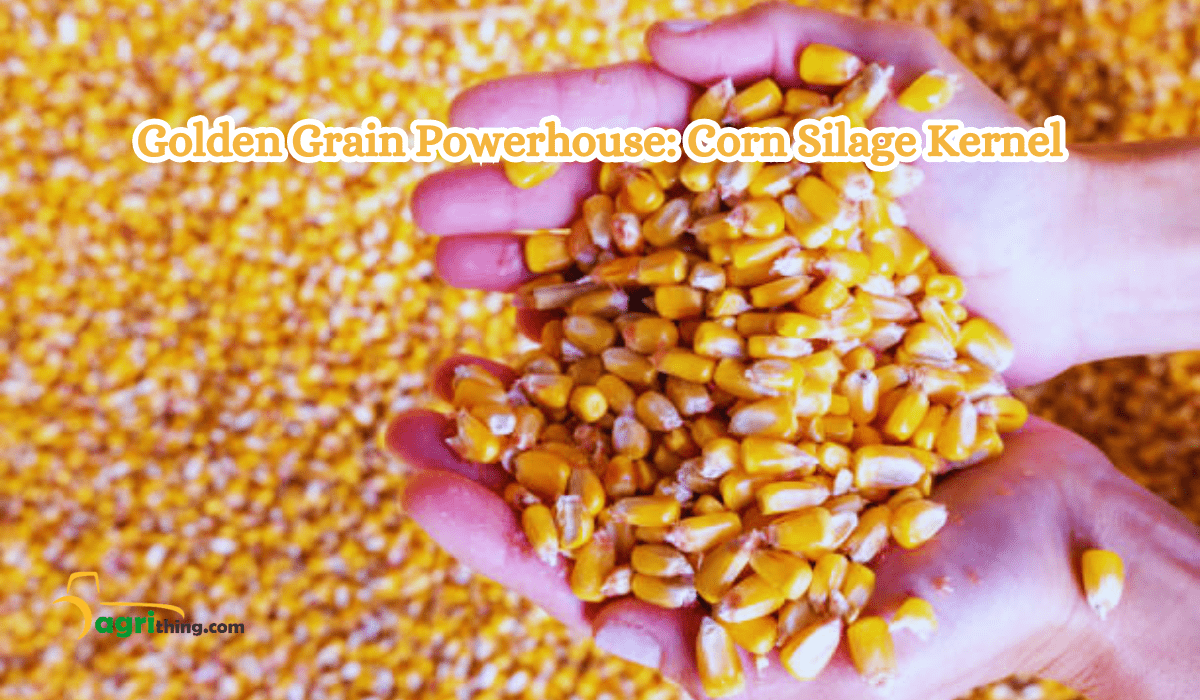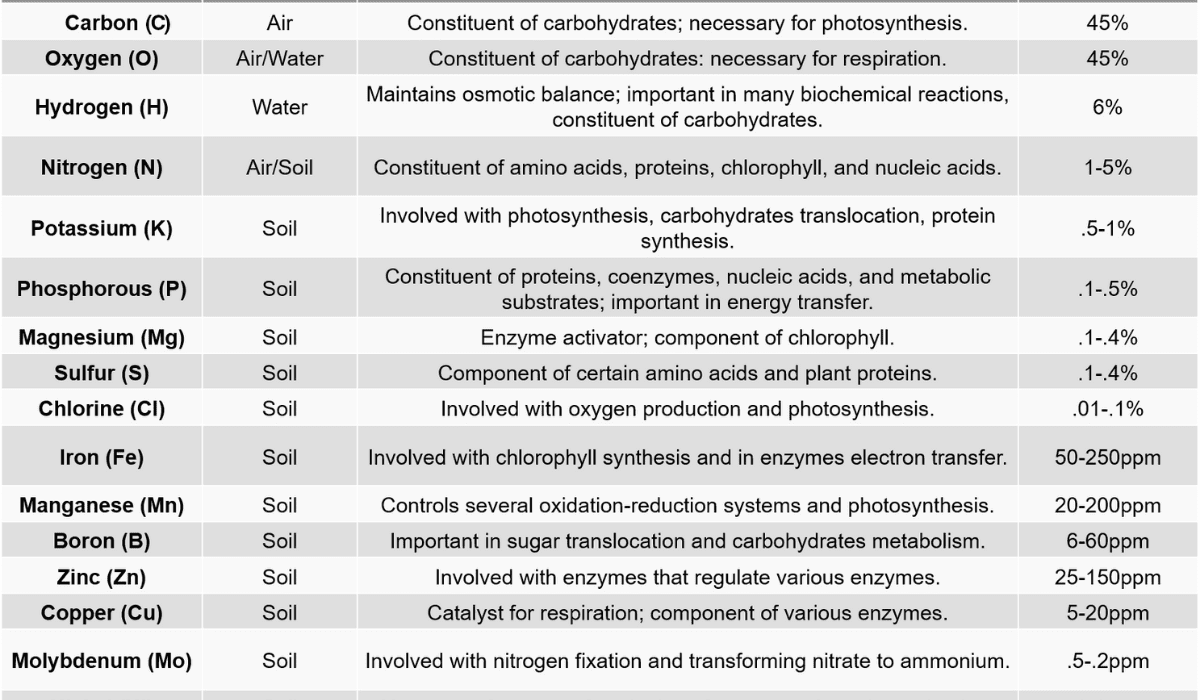Effective Corn Silage Packing Techniques for Optimal Fermentation

Corn silage is an important food for animals. It gives them the stuff they need to stay healthy and strong. But to make sure it’s good and does its best, we have to pack it upright. This article talks about the best ways of corn silage packing techniques so it gets fermented well and keeps all its good nutrients.
Table of Contents
Introduction
Corn silage packing is really important for making it into good and healthy food for animals. When we pack it right, it gets fermented properly and keeps all its important nutrients. To do this, we need to think about a few things and use certain techniques while packing it up. These things help create the right conditions and make sure we don’t lose any of the good stuff in the silage.
Importance of Effective Packing
Efficient Corn silage packing is important for creating a space without oxygen, which helps good bacteria grow and stops harmful microorganisms. When silage is packed correctly, the lack of oxygen helps sugars turn into organic acids, which lowers pH levels and stops them from spoiling. The best packing methods remove as much air as possible, which improves fermentation and keeps important nutrients preserved.
Factors Affecting on corn silage packing for Fermentation
Several factors of corn silage packing can influence the fermentation process and ultimately impact the quality of corn silage. These factors include:
1. Chop Length and Particle Size
The length of the chop and particle size affect the compaction and density of the silage mass. Optimal chop length promotes better corn silage packing and reduces the presence of oxygen.
2. Moisture Content
The moisture content of corn silage directly affects the fermentation process. An ideal moisture range of 60-70% allows for proper compaction and limits the growth of spoilage organisms.
3. Dry Matter Density
Achieving adequate dry matter density ensures the proper exclusion of oxygen, enabling anaerobic fermentation. Higher densities enhance compaction and minimize aerobic deterioration.
4. Type and Quantity of Additives
Additives such as inoculants or microbial inoculations can positively influence fermentation. They introduce beneficial bacteria that aid in rapid pH drop and inhibit harmful microorganisms.
5. Time Interval between Harvest and Packing
Minimizing the time between harvesting and packing is crucial to maintain high-quality corn silage. Delayed packing allows for undesirable fermentation and nutrient losses.
Equipment and Tools for corn silage packing
To achieve the best results when corn silage packing, it’s important to have the right equipment and tools. Here are some essential items to consider:
- Tractor with a Front-End Loader You’ll need a tractor with a front-end loader to move and distribute the chopped corn evenly during packing.
- Packing Tractor or Roller A packing tractor or roller is specially designed to compact the silage. It helps increase the density of the dry matter and gets rid of air pockets.
- Weighing Scale or Load Cells Using a weighing scale or load cells on the packing vehicle allows for accurate measurement of the amount of silage. This helps with feed management.
- Oxygen Barrier Films Using high-quality oxygen barrier films is crucial. They prevent air from getting in and reduce spoilage. Make sure the films are properly sealed to maintain the anaerobic conditions.
- Silage Covers and Securement Methods Choose durable and UV-resistant silage covers that can withstand the elements. Secure the covers tightly to prevent air from getting inside.
Advantages of Corn Silage Packing
| Pros | Cons |
|---|---|
| Enhanced fermentation: Effective packing techniques ensure optimal conditions for fermentation, leading to improved silage quality and nutrient preservation. | Initial investment: Implementing efficient packing techniques may require an upfront investment in specialized equipment and tools. |
| Higher feed value: Well-packed corn silage minimizes air pockets, reducing spoilage and nutrient loss, resulting in higher feed value for livestock. | Time-consuming: Properly packing corn silage can be a time-consuming process, especially on larger farms with significant amounts of silage to pack. |
| Improved storage stability: Adequate packing reduces the risk of spoilage and secondary fermentation, enhancing the storage stability of corn silage. | Labor-intensive: Effective packing often involves manual labor, requiring additional workforce or machinery assistance. |
| Increased dry matter recovery: Optimal packing techniques help achieve higher dry matter recovery rates, maximizing the overall efficiency of corn silage production. | Skill requirement: Implementing effective packing techniques may require specialized knowledge and training to ensure proper execution. |
| Reduced feed waste: Proper packing reduces the potential for spoilage, mold growth, and heating, minimizing feed waste and associated economic losses. | Weather dependence: Weather conditions can impact the effectiveness of packing techniques, particularly in wet or rainy seasons. |
| Improved palatability: Well-preserved corn silage through effective packing techniques enhances palatability, promoting higher feed intake and animal performance. | Risk of inadequate packing: Inadequate packing can lead to poor fermentation, increased spoilage, and decreased feed quality. |
| Environmental benefits: Efficient packing reduces the production of greenhouse gases, such as methane, during the fermentation process, contributing to environmental sustainability. | Limited flexibility: Some packing techniques may restrict flexibility in accessing or removing silage from storage structures. |
Preparing for Corn Silage Packing
Proper preparation is the key to successful silage packing. Follow these steps to ensure an effective packing process:
1. Harvest at Optimal Moisture Content
Harvest corn when the moisture content is between 60-70%. This moisture range provides an ideal environment for fermentation.
2. Maintain Sharp Knives
Ensure the knives on the forage harvester or chopper are sharp to achieve a consistent chop length, allowing for better compaction.
3. Use a Kernel Processor (if applicable)
If using whole-plant corn silage, consider using a kernel processor to break down the corn kernels. This step improves digestibility and aids in compaction.
4. Check and Calibrate Equipment
Before starting the corn silage packing process, inspect and calibrate the packing equipment to ensure proper functionality and accurate measurement of dry matter.
5. Arrange Sufficient Labor
Have an adequate number of skilled personnel available to manage the packing process efficiently. This ensures timely and effective compaction of the silage.
Step-by-Step Packing Techniques
Follow these step-by-step effective corn silage packing techniques to get the best fermentation results:
Step 1: Layer the Silage Start by evenly spreading a layer of chopped corn silage on the packing area. Aim for a thickness of 6-8 inches for each layer.
Step 2: Compact the Silage. Use a packing tractor or roller to firmly compress the layer. Apply enough pressure to remove air pockets and increase the density of the dry matter.
Step 3: Repeat the Process. Keep adding layers of silage and compacting them until you reach the desired storage height. Maintain consistency throughout the packing process.
Step 4: Pack the Edges. Give special attention to the edges of the silage pile. Use the tractor or roller to tightly pack the edges, creating a good seal.
Step 5: Compact the Sidewalls If you’re using a bunker silo, compact the silage against the sidewalls to create a solid barrier. Proper compaction along the sidewalls reduces spoilage and prevents air from getting in.
Monitoring and Adjusting Packing
Monitoring and adjusting the corn silage packing process is important for achieving the best fermentation results. Consider the following:
- Check Dry Matter Density Regularly measure the dry matter density while packing. If the density falls below the recommended levels, adjust your packing techniques accordingly.
- Inspect for Air Pockets Frequently check the packed silage for any air pockets. Use a probing tool to identify areas that need additional compaction.
- Pay Attention to Edges and Sidewalls Make sure the edges and sidewalls are properly compacted. Revisit these areas if necessary to maintain a tight seal and keep out oxygen.
- Take Core Samples Take core samples from different parts of the silage mass to assess the dry matter content and pH levels. Adjust your packing techniques if necessary.
Covering and Sealing Silage Bunkers
After completing the corn silage packing process, it’s essential to cover and seal the silage bunkers properly. Follow these steps table:
| Steps and Description |
|---|
| Step 1: Apply Oxygen Barrier Film: Place a high-quality oxygen barrier film over the entire surface of the packed silage. Ensure the film is intact and covers the edges securely |
| Steps2: Overlap the Film Seams: Overlap the seams of adjacent film sections to create a continuous barrier. Use appropriate sealing methods, such as adhesive tapes or sandbags, to prevent air infiltration. |
| Steps3: Weigh Down the Cover: Place heavy objects, such as tires or sandbags, on top of the silage cover to weigh them down. This helps maintain a tight seal and prevents wind damage. |
| Steps4: Monitor Cover Integrity: Regularly inspect the silage cover for any damages or signs of air penetration. Repair any punctures or tears promptly to maintain anaerobic conditions. |
Evaluating Fermentation Quality
To assess the fermentation quality of your corn silage, consider the following indicators:
1. pH Level
Measure the pH level of the silage using a pH meter. Well-fermented corn silage typically has a pH between 3.8 and 4.2.
2. Aromatic Odor
Properly fermented silage should have a pleasant, slightly acidic, and sweet aroma. Foul odors may indicate spoilage or undesirable fermentation.
3. Visual Appearance
Inspect the color and texture of the silage. Well-preserved corn silage is typically greenish-brown, with a uniform texture and absence of molds or visible spoilage.
4. Dry Matter Content
Determine the dry matter content of the silage to ensure it falls within the recommended range for your livestock’s nutritional needs.
Benefits of Optimal Fermentation
Implementing effective corn silage packing techniques and achieving optimal fermentation offers several benefits:
Improved Nutrient Retention: Proper fermentation preserves valuable nutrients, ensuring that the feed maintains its nutritional value.
Enhanced Digestibility: Well-fermented corn silage is more easily digested by livestock, leading to improved feed efficiency and performance.
Reduced Spoilage and Waste: Optimal fermentation minimizes spoilage, reducing feed losses and saving valuable resources.
Consistent Feed Quality: Properly packed and fermented corn silage provides a consistent feed source, promoting animal health and production.
Common Mistakes to Avoid
To optimize your corn silage packing, avoid these common mistakes:
Insufficient Packing Density: When the corn silage is not packed tightly enough, it allows more oxygen to enter the fermentation process. This can harm the quality of fermentation and lower its effectiveness.
Inconsistent Layer Thickness: Uneven thickness of the silage layers can lead to inconsistent fermentation and uneven distribution of nutrients throughout the feed.
Improper Covering and Sealing: If the corn silage is not covered and sealed properly, air can get inside and spoil the feed, resulting in lower quality.
Delayed Packing: Postponing the packing process allows for undesirable fermentation to take place, which reduces the quality of the feed and the retention of important nutrients.
Frequently Asked Question
What is the ideal chop length for corn silage?
The best chop length for corn silage is usually 0.5 to 1 inch. This helps pack it well and reduces air space.
Can I use additives to enhance fermentation?
You can add substances like inoculants or microbial inoculations to introduce helpful bacteria. These bacteria help lower the pH quickly and prevent harmful microorganisms.
How often should I monitor the packed silage?
It’s important to regularly check the packed silage, especially at the beginning of fermentation, and make any necessary adjustments.
What should I do if I detect spoilage or mold in the silage?
If you find spoilage or mold in the silage, it’s very important to remove the affected parts. Make sure to pack and seal it properly to stop any more damage from happening.
What is the recommended thickness for silage covers?
To ensure durability and protect against environmental elements, silage covers should be at least 6 mils thick.
Conclusion
Properly corn silage packing is important for preserving nutrients and ensuring optimal fermentation. This article provides simple instructions to help you maintain high-quality silage for your animals. By following these steps, you can maximize the nutritional benefits of your corn silage and improve your farming outcomes. Good packing, covering, and monitoring are key to gaining uniform and dependable results.
Related Articles
Want to purchase top-quality silage? Visit our Agricomplex website to explore our wide range of silage products.
People Also Asked
How do proper packing techniques help improve fermentation?
Proper packing techniques increase density, remove oxygen, and create anaerobic conditions. This promotes efficient fermentation and reduces spoilage.
What happens if corn silage is not packed correctly?
If corn silage is not packed correctly, it can result in increased oxygen presence, poor fermentation, mold growth, loss of nutrients, and decreased feed quality.
Is there a recommended moisture level for corn silage during packing?
During packing, it is recommended to have a moisture level of around 65-70% for corn silage. This ensures optimal fermentation and preservation.
Can silage additives improve the fermentation process?
Yes, silage additives such as inoculants or microbial additives can enhance fermentation, prevent spoilage organisms, and improve silage quality.
How long should corn silage be packed before covering it?
Corn silage should be packed immediately after filling the silo, and it is advisable to cover it as soon as possible. This minimizes air exposure and helps maintain its quality.
What are some signs of inadequate corn silage packing?
Signs of inadequate corn silage packing include excessive heating, unpleasant odors, the presence of mold or yeast, high dry matter losses, and poor feed intake by animals.




Leave your comment